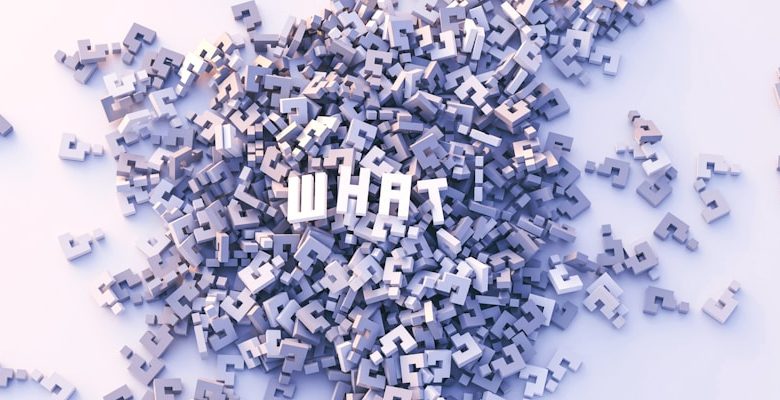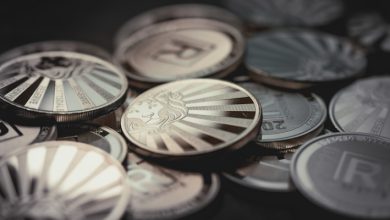What Are Fractionalized NFTs and Why Are They Trending?

- Understanding the concept of Fractionalized NFTs
- The rise of Fractionalized NFTs in the digital art world
- How Fractionalized NFTs are democratizing access to ownership
- The benefits and risks of investing in Fractionalized NFTs
- Exploring the potential impact of Fractionalized NFTs on the art market
- The future of Fractionalized NFTs and what it means for collectors
Understanding the concept of Fractionalized NFTs
Fractionalized NFTs are a relatively new concept in the world of non-fungible tokens (NFTs). They involve dividing an NFT into smaller, more affordable shares that can be purchased by multiple investors. This allows individuals who may not have the financial means to buy a whole NFT to still invest in and own a portion of it. Fractionalized NFTs are created through a process known as tokenization, where the NFT is split into fungible tokens that represent ownership of a fraction of the original asset.
The rise of Fractionalized NFTs in the digital art world
Fractionalized NFTs have been gaining popularity in the digital art world due to their ability to make high-value art more accessible to a wider audience. This trend allows multiple investors to purchase shares of a single NFT, making it possible for individuals to own a piece of artwork that they may not have been able to afford on their own. By fractionalizing NFTs, artists can reach a larger market and investors can diversify their portfolios with a smaller financial commitment.
How Fractionalized NFTs are democratizing access to ownership
Fractionalized NFTs have been gaining popularity due to their ability to democratize access to ownership. By breaking down valuable NFTs into smaller, more affordable shares, fractionalization allows a larger pool of investors to participate in the market. This opens up opportunities for individuals who may not have had the financial means to buy a whole NFT on their own.
One of the key benefits of fractionalized NFTs is the level of inclusivity they bring to the market. Instead of being limited to wealthy collectors, fractionalization allows everyday people to invest in high-value assets and be part of the growing NFT ecosystem. This democratization of ownership helps distribute wealth more evenly and empowers a wider range of individuals to participate in the digital asset space.
Additionally, fractionalized NFTs enable investors to diversify their portfolios without needing to commit to purchasing an entire NFT. By owning fractions of multiple NFTs, individuals can spread their risk and potentially see greater returns on their investments. This flexibility and accessibility attract a broader audience to the NFT market, driving innovation and growth in the space.
The benefits and risks of investing in Fractionalized NFTs
Investing in fractionalized NFTs can offer various benefits and risks for investors to consider. One advantage is the ability to diversify one’s investment portfolio without needing to purchase an entire NFT outright. By owning a fraction of an NFT, investors can participate in the potential appreciation of high-value digital assets without committing a significant amount of capital.
On the other hand, investing in fractionalized NFTs comes with certain risks. One risk is the lack of regulatory oversight in the NFT market, which can lead to potential scams or fraudulent activities. Additionally, the value of fractionalized NFTs can be volatile, as it is influenced by factors such as market demand, the reputation of the creator, and the overall sentiment towards the NFT.
It is essential for investors to conduct thorough research and due diligence before investing in fractionalized NFTs to understand the potential benefits and risks involved. By staying informed and being cautious, investors can navigate this emerging market and make informed decisions that align with their investment goals.
Exploring the potential impact of Fractionalized NFTs on the art market
Fractionalized NFTs have the potential to revolutionize the art market by allowing investors to own a fraction of a high-value artwork. This opens up new opportunities for art lovers who may not have the financial means to purchase an entire piece but still want to invest in the art world. By tokenizing artwork into fractions, NFTs make art ownership more accessible and inclusive.
Furthermore, fractionalized NFTs can also increase liquidity in the art market. Investors can buy and sell fractions of artwork more easily than selling an entire piece. This could lead to a more dynamic and active art market, with artworks changing hands more frequently.
Additionally, by fractionalizing NFTs, artists can reach a wider audience and attract more investors to their work. This could potentially drive up the value of their art and create a more sustainable income stream. It also allows for greater collaboration among artists and investors, fostering a sense of community within the art world.
The future of Fractionalized NFTs and what it means for collectors
Fractionalized NFTs are expected to play a significant role in the future of the digital art market. This trend opens up new opportunities for collectors who may not have the financial means to purchase an entire NFT on their own. By owning a fraction of an NFT, collectors can still participate in the growing market and potentially benefit from any increase in value.
For collectors, fractionalized NFTs mean increased access to rare and valuable digital assets. This democratization of ownership allows for a more diverse range of collectors to participate in the market, ultimately driving more interest and demand for digital art.
As the popularity of fractionalized NFTs continues to rise, it is essential for collectors to stay informed about the latest developments in the market. Understanding how these assets work and the potential risks involved will be crucial for making informed investment decisions in this emerging space.



